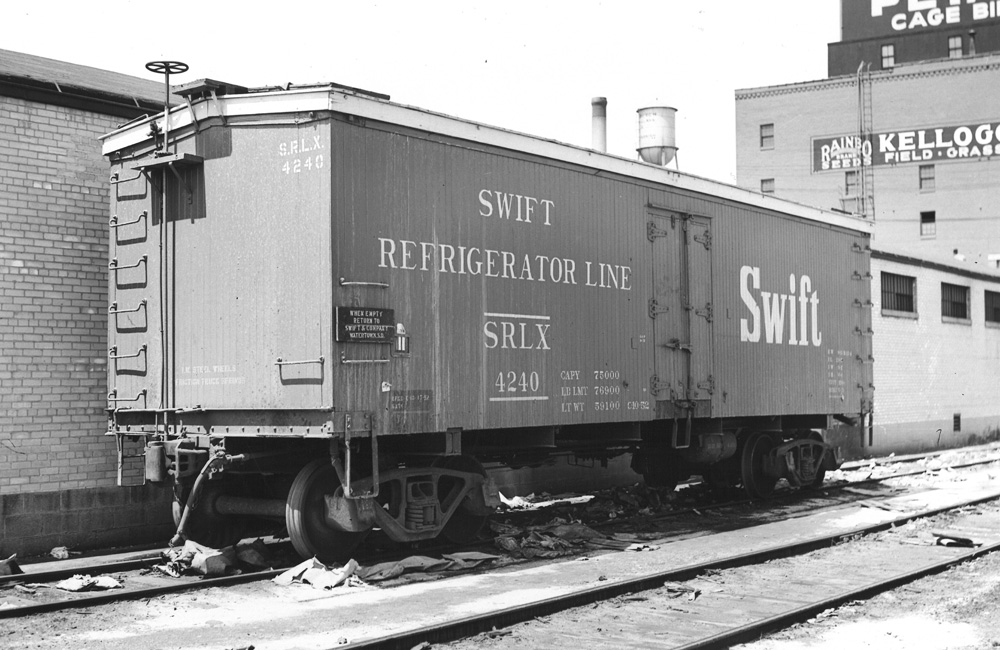
Q: Why were billboard reefer cars outlawed? I recently received my copy of Gerry Leone’s Model Railroader’s Handbook. It is certainly a deep well of information. I came across the “Railroad regulatory timeline” on page 111. Most of the regulations banned older, unsafe technology (arch-bar trucks, truss-rod car construction, etc.) as newer technology developed. That makes sense. But […]
Read More…
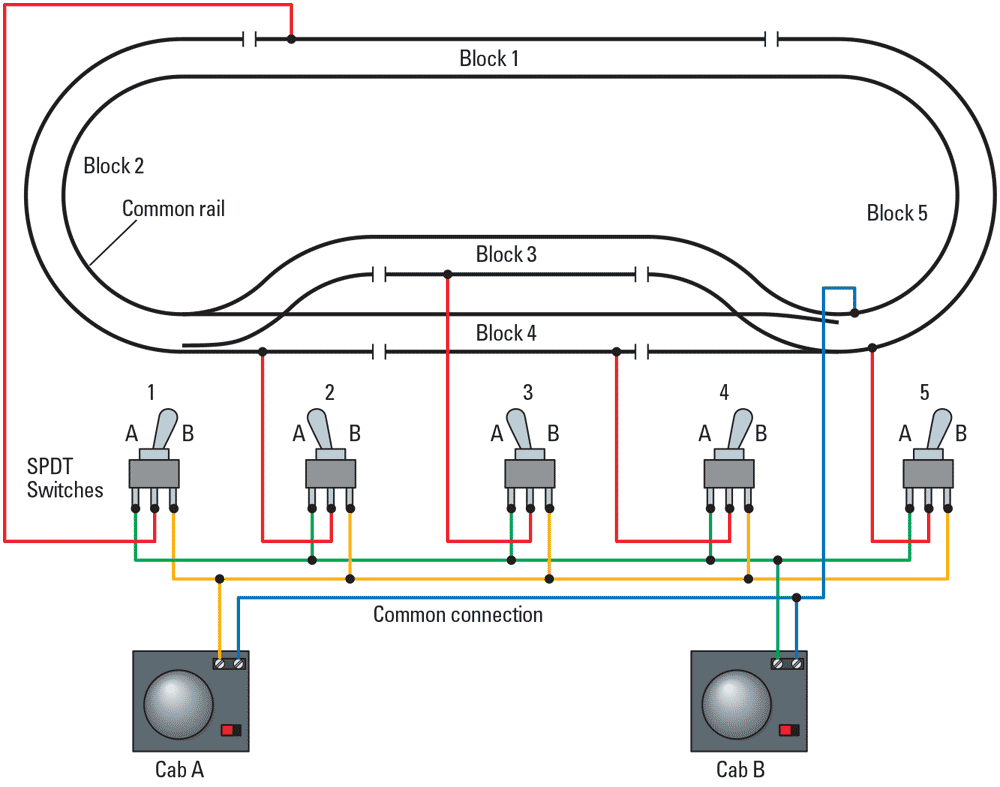
Q: I’m experiencing a problem with trains that stop between wiring blocks on my N scale train layout. I have two identical direct current (DC) power packs and am using Kato Unitrack throughout the layout. One power pack runs the main line while the other operates the yards. The problem is that whenever I attempt […]
Read More…
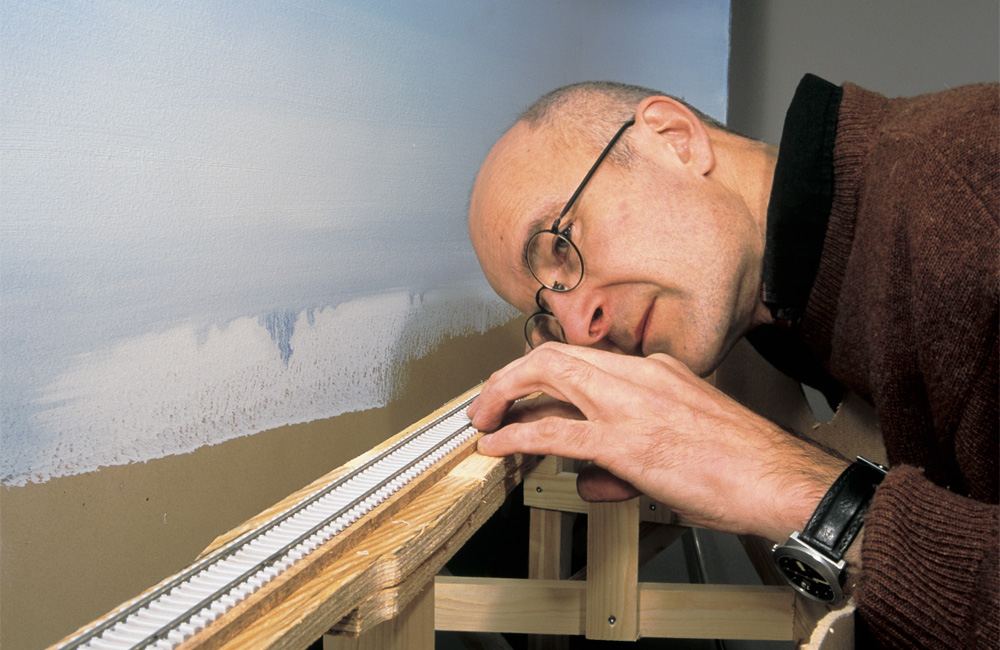
Q: What is the rule of thumb for the transition from a grade back to level when laying track? — Carl Angdahl A: Gradual transitions between track grades, called vertical track easements, can help prevent problems on your model railroad. If a train suddenly goes from a steep grade to flat track or vice-versa, couplers […]
Read More…
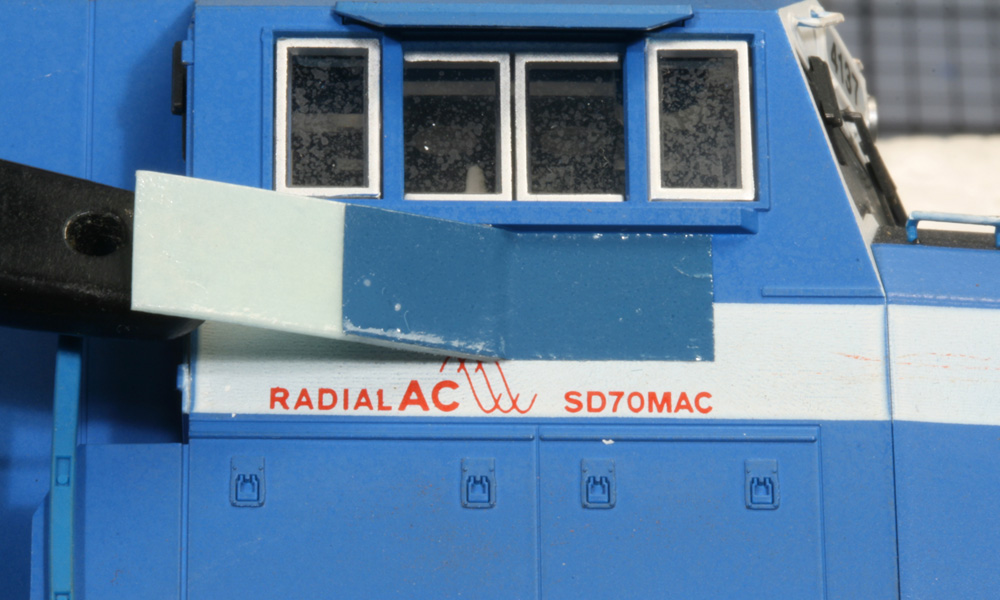
Q: I would like to know how to patch out leased locomotives. I model a bridge line connecting the Nickel Plate (NKP) at Wheeling, W.Va., with the Norfolk & Western (N&W) at Bluefield, W.Va. I roster several EMD GP30s and some Alco units, all in NKP livery. Most of my steam power is lettered for […]
Read More…
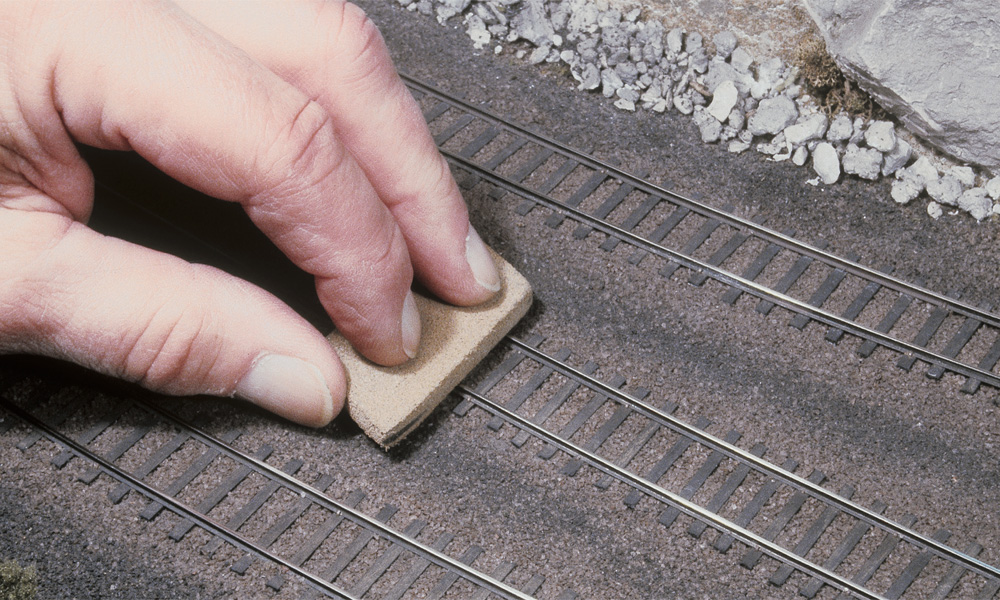
Q: I have a tight HO scale helix with a grade of 3%. My smaller steam engines have a hard time pulling more than two or three cars up the grade. I know the standard answers: increase engine weight, add a second engine, apply Bullfrog Snot to the drivers, make sure car trucks roll smoothly. […]
Read More…
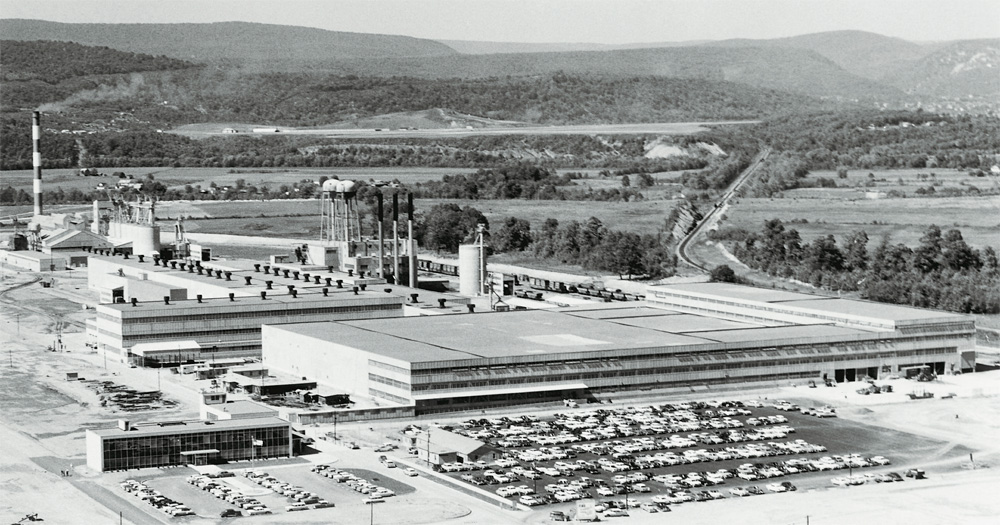
Q: I’m slowly building the industries on my HO layout and can’t seem to find one in particular: a glass plant. I see all types of industries one can buy in HO scale, but no one seems to make a glass plant. Why not? I once worked for one of the largest glass container manufacturers […]
Read More…
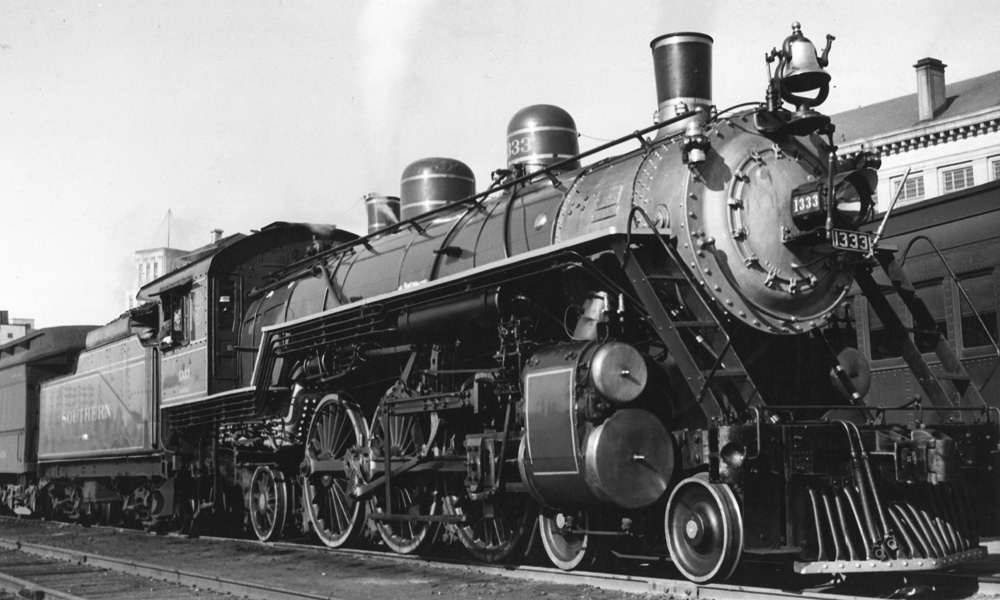
Q: My father, who gave me my first train set in 1974, asked me a couple questions about steam locomotive power that I didn’t know the answers to, so I’m directing them to you. Which wheel configurations are better for pulling a train up a hill versus long freight loads a long distance, and why? Also, […]
Read More…
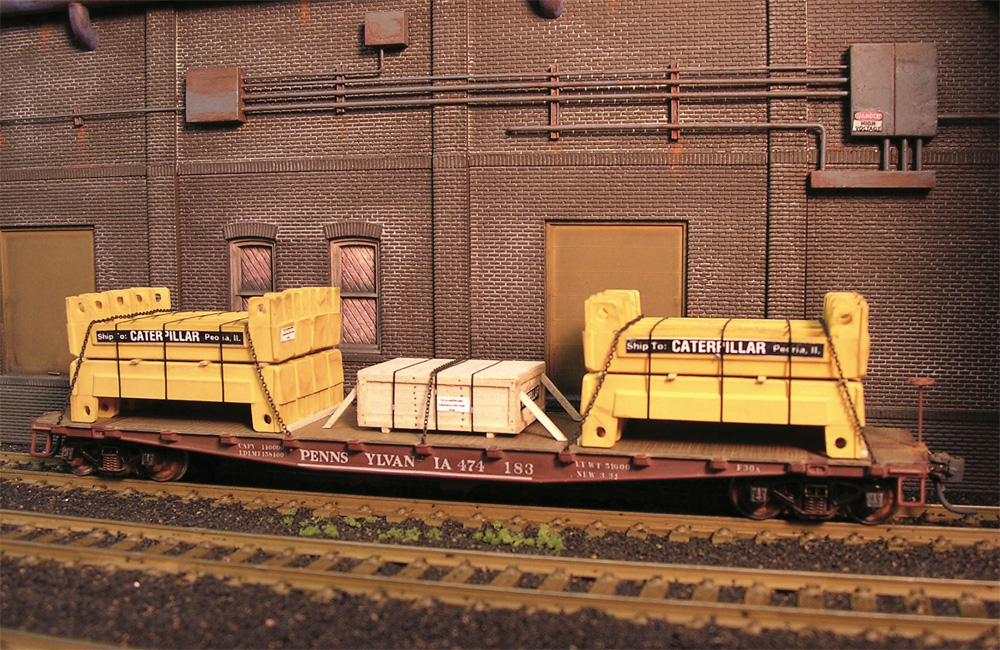
Q: I’m putting together some loads for flatbed and open gondola cars consisting of objects like pipe, wood, basically long straight pieces about half a car length in length. What would I use to model steel strapping to hold the loads together? I work in HO scale. — Rich Bond A: The easiest and best-looking solution […]
Read More…
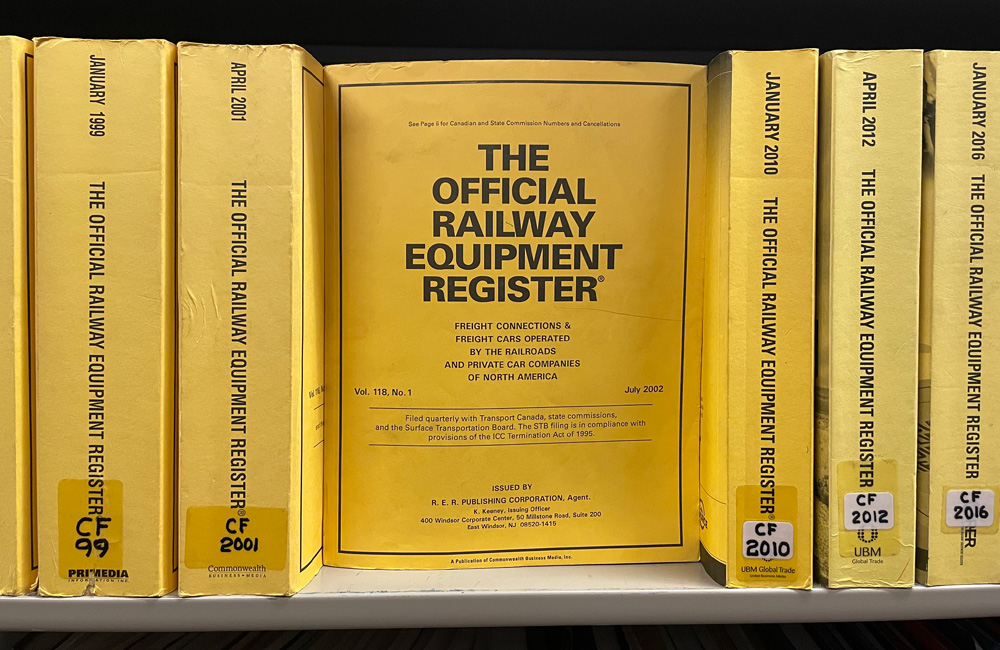
Q: I am inquiring about the Official Railroad Equipment Register (ORER). It’s been mentioned in Model Railroader articles from time to time. Where can you purchase it? Is it a subscription? And if so, how often is it? What is the pricing? How can it help model railroaders and/or railfans? What kind of information does it […]
Read More…
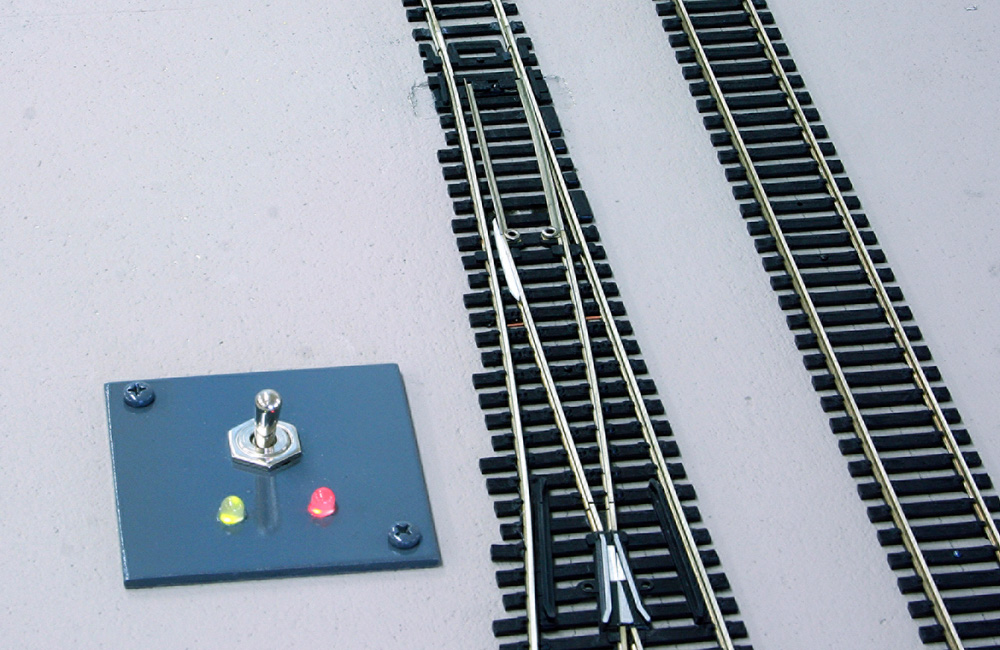
Q: I’m wondering how to control turnouts with momentary switches. Does a momentary SPDT toggle return to center off after it throws the switch machine? If so, will a light-emitting diode (LED) connected to the toggle stay on? — Ron Vowles A: It depends on how you wire it. A momentary single-pole double-throw (SPDT) toggle […]
Read More…
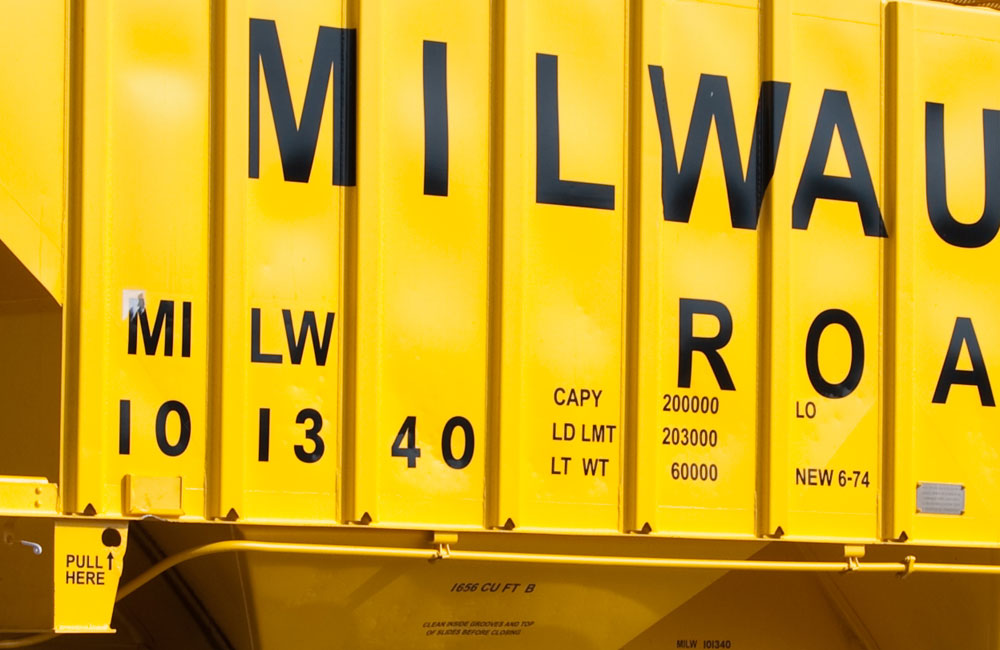
Q: What does all that freight car lettering mean? For example, I have noticed build or rebuild dates and brake information. – Jack Pfleeger A: There’s a lot of variation in freight car lettering. It can depend on the type of car, the car’s owner, and the era, since regulations and practices changed over the […]
Read More…
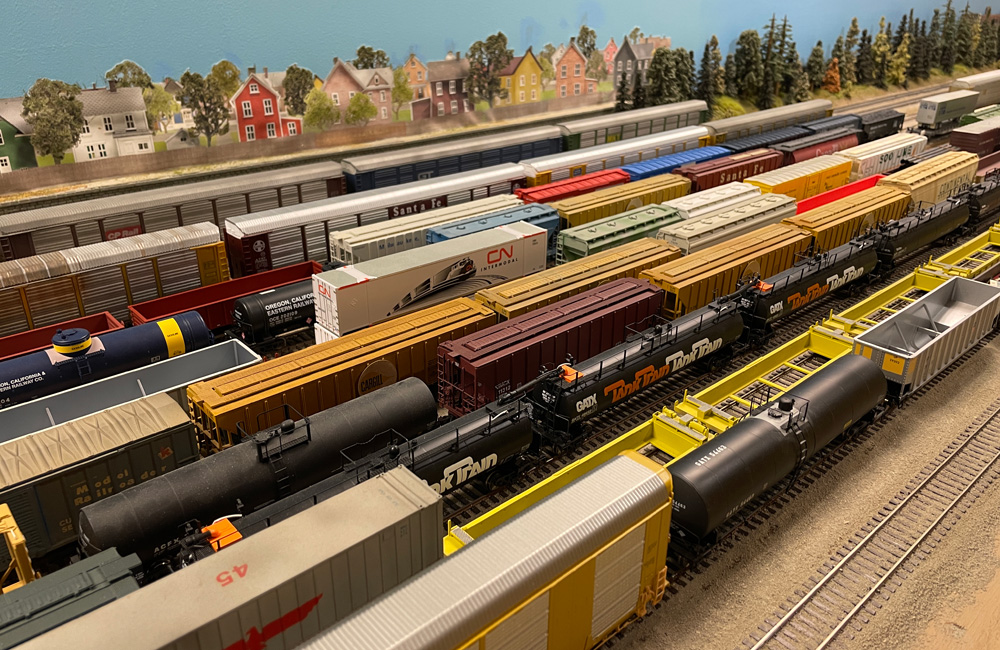
Q: I’m planning an HO scale switching layout designed to squeeze a maximum number of industries into a corner shelf. To capitalize on limited real estate, I intend to use low-profile backdrop buildings. I want to diversify a freight car fleet with a variety of freight cars, not just the ubiquitous boxcar. I’m looking at […]
Read More…












